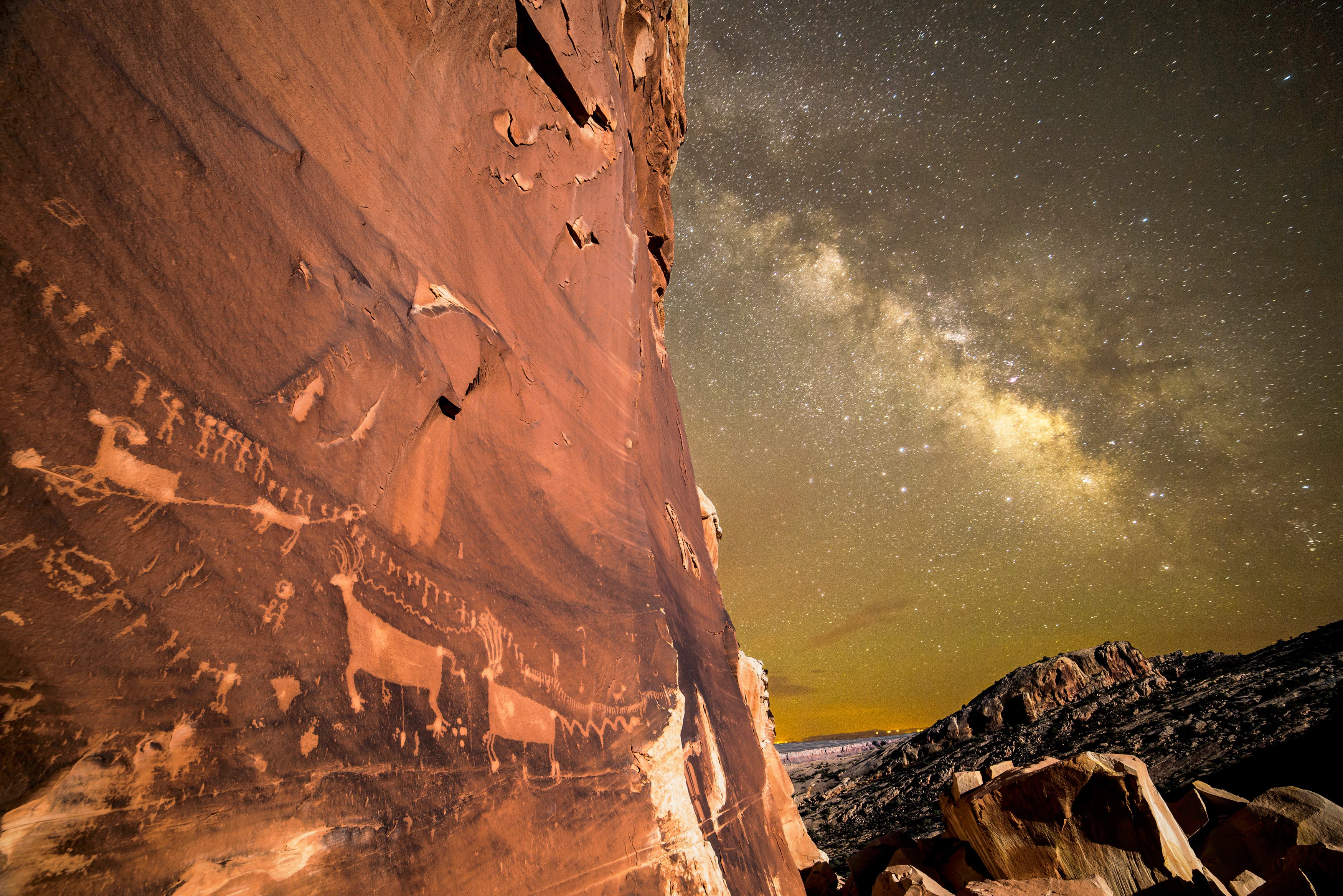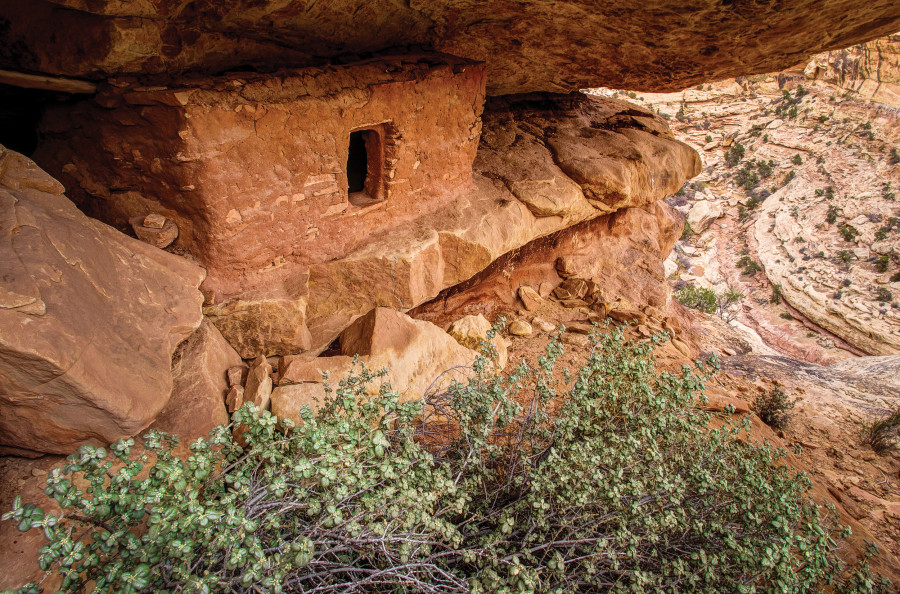
President Trump today signed an executive order directing Interior Secretary Ryan Zinke to review all national monument designations larger than 100,000 acres from the past 21 years to determine whether their boundaries are consistent with the intent of the Antiquities Act. The Conservation Alliance opposes any effort to change the boundaries of existing national monuments through executive action. National monuments designated since 1996 protect landscapes with important recreation, cultural, and habitat values.
“We worked closely with our member companies to demonstrate outdoor business support for protecting new national monuments during the Obama presidency,” said John Sterling, Executive Director of The Conservation Alliance. “These monuments preserve important recreation amenities that benefit all Americans, and this unprecedented move may threaten those amenities.”
An updated study by the Outdoor Industry Association shows that outdoor recreation generates $887 billion in consumer spending annually, and supports 7.6 million jobs in the US.
“Protected public lands, including national monuments, are important economic drivers, particularly in rural Western communities that attract new residents and visitors drawn to outdoor recreation opportunities,” said Sterling. “Outdoor recreation is a huge economic engine, and national monuments fuel that engine.”
The Antiquities Act, signed into law by President Theodore Roosevelt in 1906, gives the president the authority to safeguard federal lands and cultural and historical sites for all Americans to enjoy. President Trump’s action has the potential to undermine one of the nation’s most important conservation tools.
Presidents have designated 150 national monuments since 1906. Some of those monuments have since become National Parks, including Grand Canyon, Death Valley, Zion, and Glacier Bay. National monument designations made since 1996 include Grand Staircase-Escalante and Bears Ears in Utah, San Gabriel Mountains in California, and Gold Butte in Nevada. President Trump’s executive order does not immediately reduce or rescind any national monument, but does order a review of all monuments designated between January 1, 1996 and the end of 2016.”
“Any serious review of these monuments will conclude that these are special lands and waters, beloved by millions of Americans for their cultural, recreation, and habitat values,” said Sterling. “Because Obama’s monuments were informed by public meetings and robust stakeholder outreach, any review should similarly involve significant public input.”
In announcing the forthcoming review of national monuments, Secretary Zinke said that he will make a recommendation on the boundaries of the Bears Ears National Monument within 45 days. The outdoor industry came together in 2016 to advocate for the Bears Ears designation.
“The Bears Ears landscape is exactly the kind of place the Antiquities Act intended to protect. It is rich in cultural history, archaeological sites, and recreation opportunities,” said Sterling. “The boundaries closely mirror those proposed in Congressman Rob Bishop’s Public Lands Initiative legislation. We’re confident that any credible review of the Bears Ears designation will confirm the boundaries are more than justified.”
The Conservation Alliance will work closely with our members and our partners in the outdoor industry to engage in this issue, and to demonstrate to political leaders the important role national monuments play in the outdoor recreation economy.


